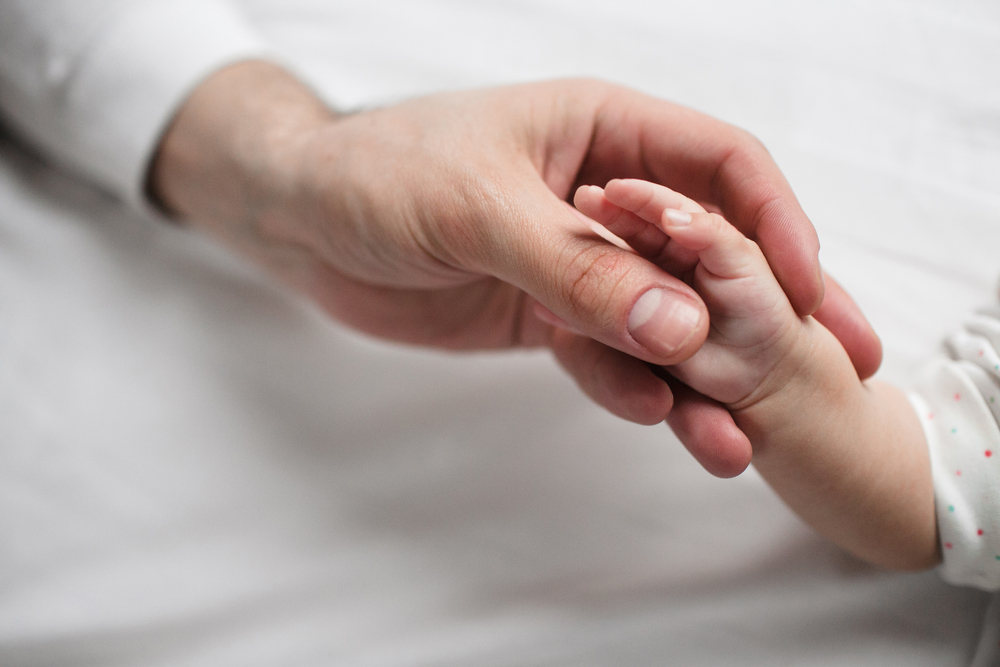DIAGNOSIS
Diagnosis of this syndrome may be seen at birth by the individual’s scalp and skull defects together with fingers, toes, hands, and feet deformities. The doctor may require patient’s history, a systematic clinical evaluation, and a variation of specialized tests like advanced imaging techniques.
In several cases, through the use of advanced imaging techniques like the ultrasound, it may be possible to identify defects of the skull and/or limbs before birth (prenatally). Reflected sound waves are used to create an image of the developing fetus, during fetal ultrasonography
TREATMENT
The treatment of Adams Oliver Syndrome is directed toward the particular symptoms that are seen in each individual. Treatment may have the need for the coordinated efforts of a team of specialists. Pediatricians, plastic surgeons and orthopedic specialists, physical therapists, cardiologists, and other healthcare professionals may need to systematically, and broadly plan an affected child’s treatment.
In several cases, scalp defects may heal without treatment within the first few months of life. Skin grafting, cranial surgery, and/or various surgical techniques may be required for affected individuals who show underlying defects of the bones of the skull.
Physicians may suggest an affected child to wear helmets in order to avoid trauma and possible damage to abnormally wide blood vessels.


